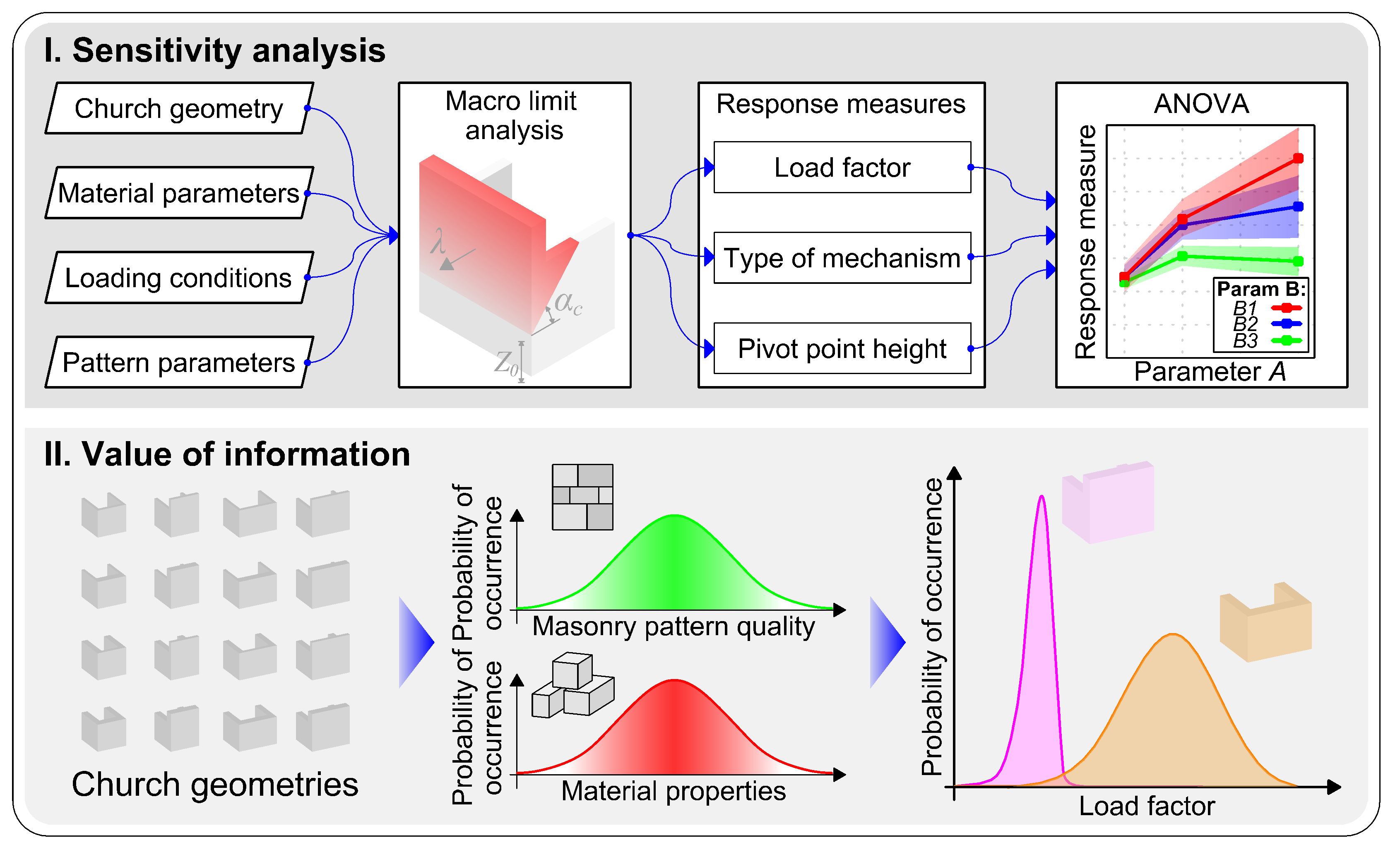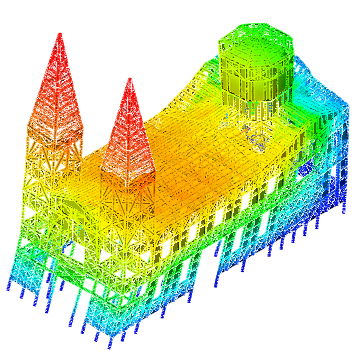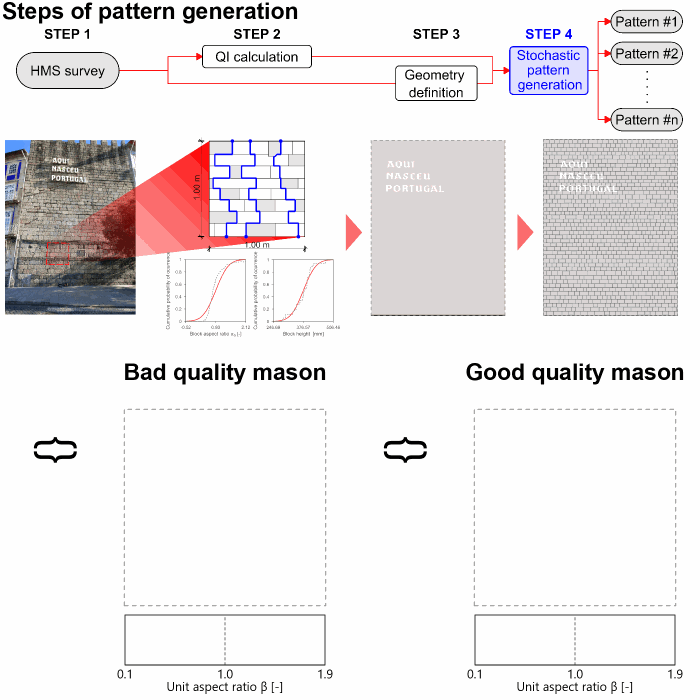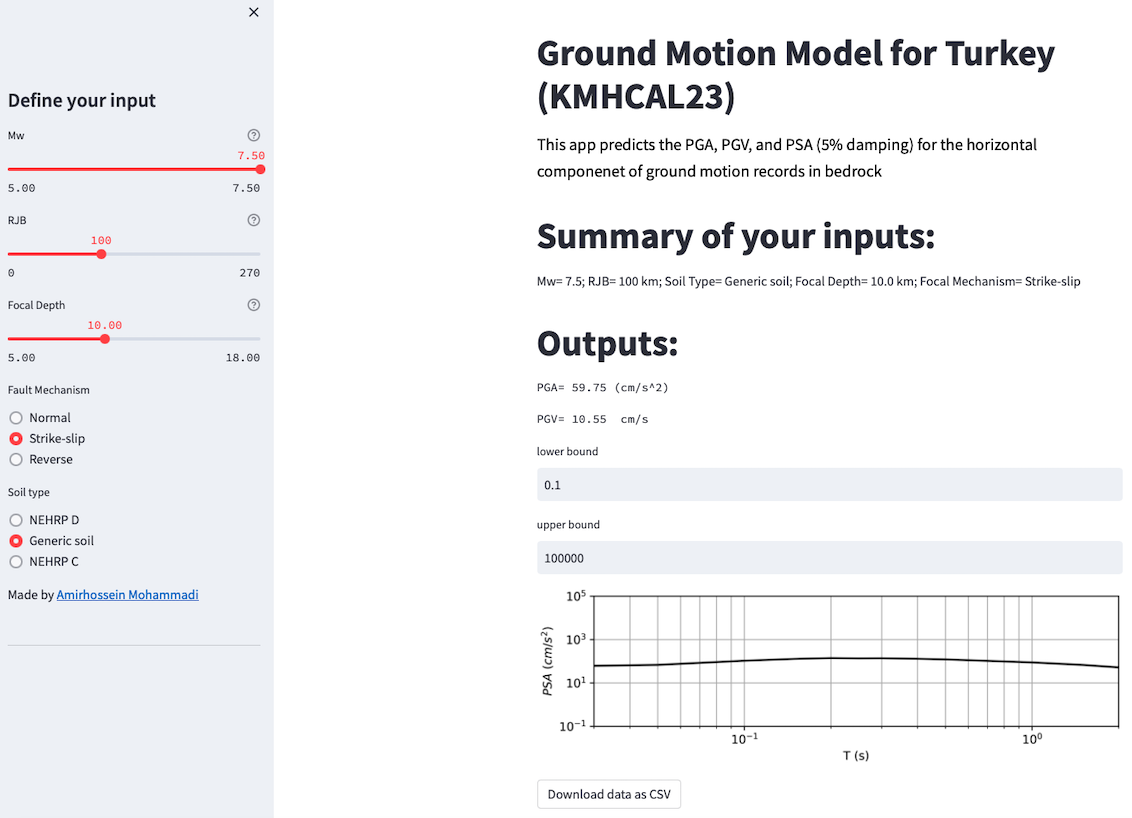Earthquakes are the major causes of damage and loss to the built environment, including cultural heritages, monumental buildings, and historical centres. Many regions with predominant active tectonic plates and high seismicity lack recorded ground motion datasets regarding large-magnitude events or near-field records. Among them, the Azores islands in Portugal are the regions with high seismicity. The traditional buildings from the Azores are mainly constituted of rubble stone masonry, which represents one of the weakest materials once subjected to seismic loads. The seismic performance of buildings has recently increased, given the public awareness related to damage prediction and risk mitigation during earthquakes. This study uses the stochastic finite-fault ground motion simulation approach to simulate region-specific scenario earthquakes in the Azores Plateau at bedrock. Simulations are accomplished by considering the stochastic behaviour of input-model parameters in terms of source and path attenuation effects. As a result, the dataset includes a wide range of moment magnitude and source-to-site distance due to the rupture of active faults in the Azores Plateau. Structural models are simulated using an equivalent frame model. Subsequently, analytical fragility curves are derived for these structures using the generated ground motion datasets. Results reveal that the studied structures are vulnerable to seismic actions.






